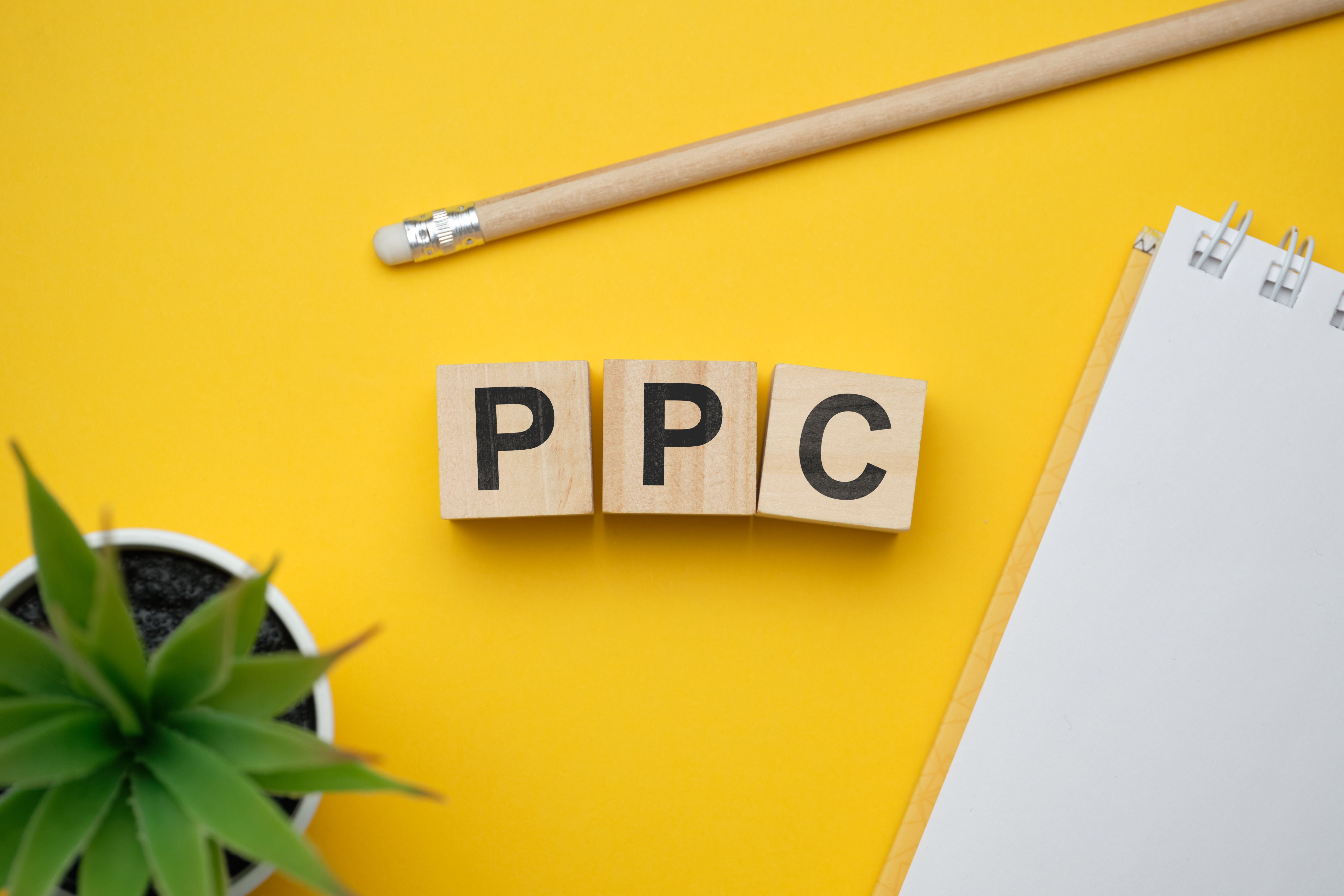PPC Advertising Demystified: A Step-by-Step Guide
TO
Understanding the Basics of PPC Advertising
Pay-per-click (PPC) advertising is a powerful tool that allows businesses to reach their target audience through paid search engine results. Unlike organic search results, PPC ads appear at the top of search engine results pages (SERPs) and are marked as advertisements. This strategic positioning can dramatically increase visibility and drive traffic to a website.
PPC operates on a bidding system where advertisers bid on specific keywords relevant to their business. When a user searches for these keywords, the search engine determines which ads appear based on the bid amount and the ad's quality score. Understanding this process is crucial for creating successful PPC campaigns.

Setting Up Your PPC Campaign
Creating a PPC campaign involves several steps, including selecting a platform, defining your goals, and choosing the right keywords. Platforms like Google Ads and Bing Ads are popular choices, offering a wide reach and robust tools for advertisers. It's important to establish clear objectives, whether it's increasing brand awareness, generating leads, or boosting sales.
Keyword research is a critical component of setting up your PPC campaign. Utilizing tools like Google Keyword Planner can help identify high-value keywords relevant to your business. Aim for a mix of broad and long-tail keywords to capture different segments of your audience.

Crafting Compelling Ad Copy
The success of your PPC campaign largely hinges on the quality of your ad copy. A compelling ad should be concise, engaging, and include a clear call-to-action (CTA). Highlighting unique selling propositions (USPs) can differentiate your ads from competitors and entice users to click.
Testing different ad variations is crucial to determine what resonates most with your audience. A/B testing allows you to compare different headlines, descriptions, and CTAs to optimize performance continually. Remember, even small tweaks can lead to significant improvements in click-through rates (CTR).
Monitoring and Optimizing Your Campaign
Once your campaign is live, constant monitoring is essential to ensure its success. Analyzing metrics like CTR, conversion rate, and cost-per-click (CPC) can provide insights into performance and areas for improvement. Adjusting bids, refining keywords, and updating ad copy based on these insights can enhance campaign effectiveness.

Optimization is an ongoing process in PPC advertising. Regularly review your campaign structure and settings to align with your business goals. Leveraging ad extensions can also improve visibility and provide additional information to potential customers.
Budget Management in PPC
Effective budget management is key to maximizing the ROI of your PPC campaigns. Setting a realistic budget that aligns with your business goals is crucial. Keep track of spending and adjust bids based on performance metrics to ensure you're getting the best return on investment.
Utilize automated bidding strategies offered by platforms like Google Ads to optimize spending and focus on achieving specific goals such as maximizing clicks or conversions. These tools can help manage budgets more efficiently while driving desired outcomes.
Measuring Success and Adjusting Strategies
Regularly measuring the success of your PPC campaigns helps identify which strategies are working and what needs adjustment. Use analytics tools to track key performance indicators (KPIs) such as conversion rate, return on ad spend (ROAS), and overall revenue generated.

Based on these insights, make data-driven decisions to refine your campaigns further. Whether it's tweaking ad copy, adjusting bids, or exploring new keyword opportunities, continuous improvement is vital for long-term success in PPC advertising.
Conclusion
PPC advertising can be a complex but rewarding component of your marketing strategy. By understanding the fundamentals, setting up well-structured campaigns, crafting compelling ads, and continually optimizing based on data analysis, businesses can harness the full potential of PPC to drive growth and achieve their objectives.
Remember, persistence and adaptability are crucial in this dynamic field. Stay informed about industry trends and updates to ensure your PPC efforts remain competitive and effective.